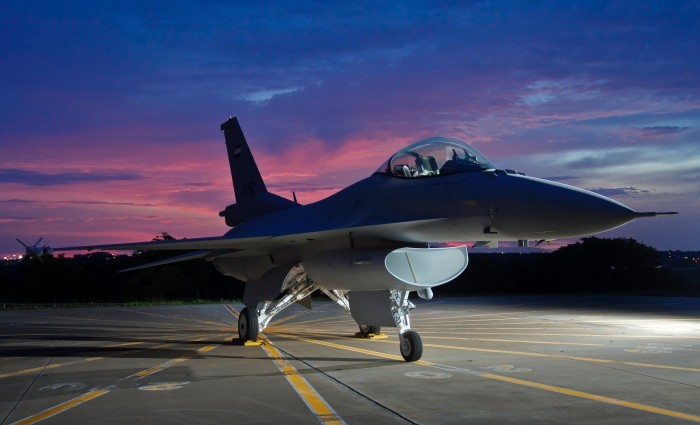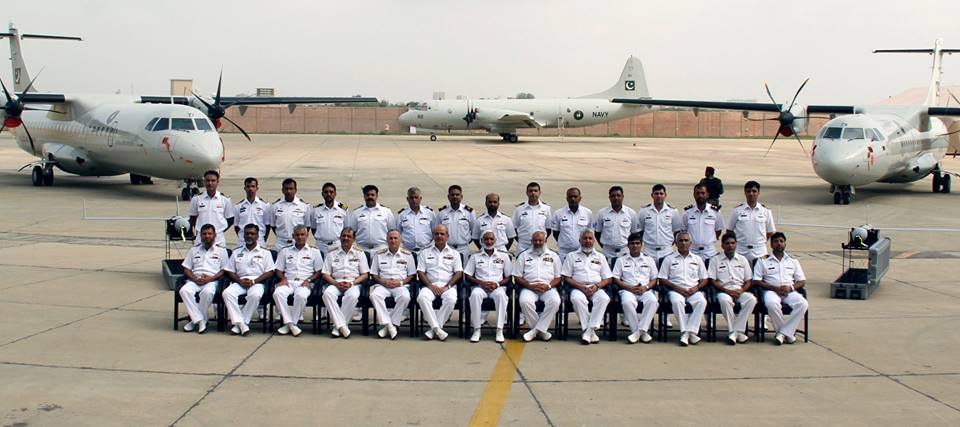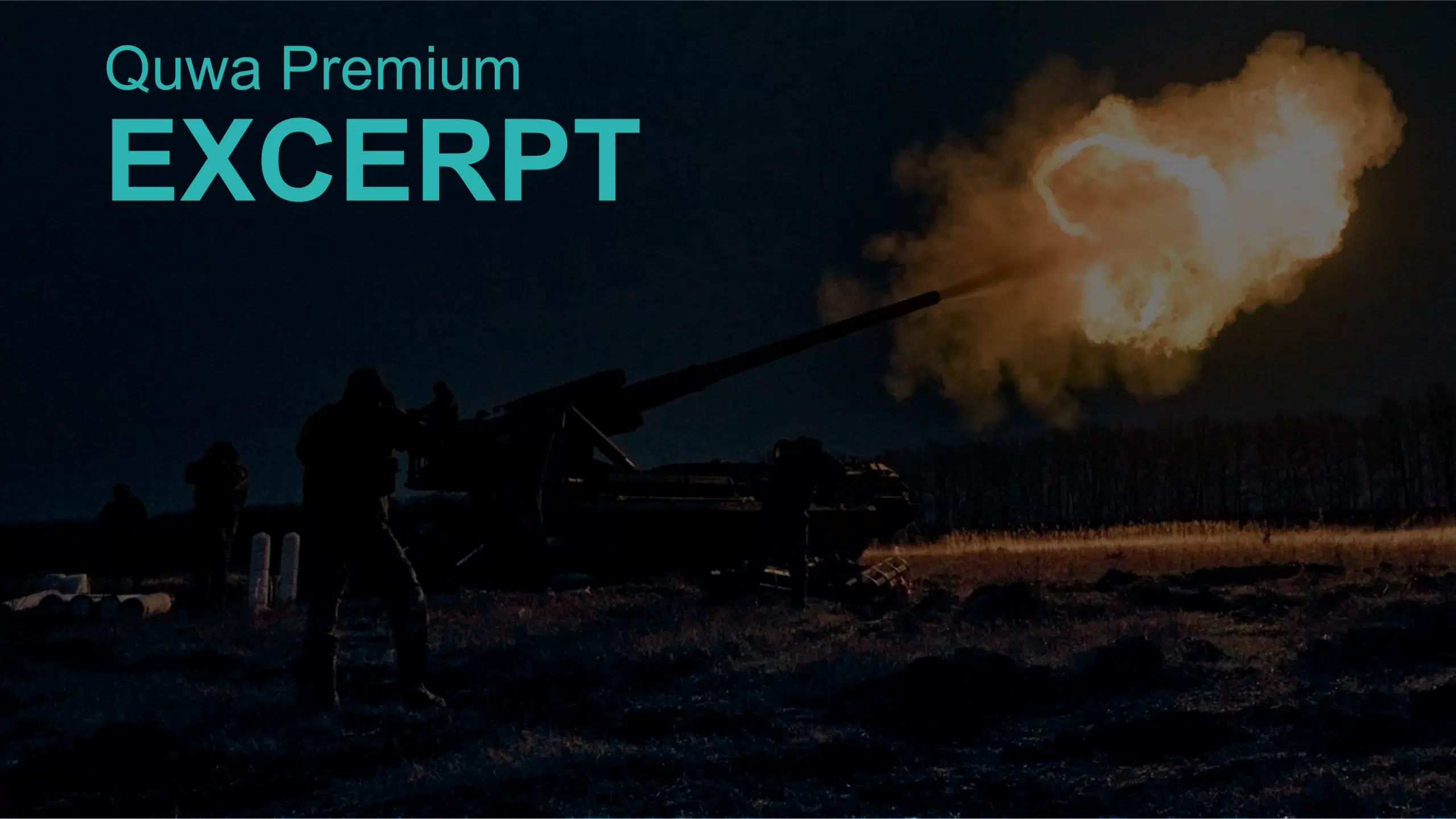2444Views 19Comments

Bahrain could keep Lockheed Martin’s F-16 line open
The White House has approved a series of big-ticket fighter sales to Qatar, Kuwait and Bahrain (Defense News). While Boeing stands to benefit the most through F-15SE and F/A-18E/F sales to Qatar and Kuwait, respectively, an F-16 sale to Bahrain could finally be Lockheed Martin’s ticket to keep its F-16 production line open for the next three to five years.
The F-16V is the latest iteration of the venerable F-16 Fighting Falcon series. Its primary addition (over the Block-50/52) is the AN/APG-83 active electronically-scanned array (AESA) radar.
Earlier in the year, Lockheed Martin had hinged its hopes on a proposed sale of eight F-16C/D Block-52 to Pakistan, but that fell through because of Congress’ refusal to approve of Foreign Military Financing (FMF) support to help subsidize the sale.
At the moment, the fighter sale proposals are underdoing informal review in Congress, but within 40 days, the State Department will release an official outline of the proposed contract.
Bloomberg is reporting that Bahrain could order 19 F-16V for $2.8 billion U.S. (this probably includes air-to-air and/or air-to-surface munitions alongside the requisite maintenance and logistics support package). An upgrade package for Bahrain’s existing 21 F-16C/Ds worth $1 billion is also reportedly on the docket.
Comments:
If the sale is approved and inked, Bahrain would be the first user of new-built F-16Vs. The subsystem suite – which is centered on the AN/APG-83 AESA radar – would enable Bahrain to maintain technology parity with its Gulf Arab neighbours. Bahrain would also be the first F-16 user outside of East Asia to upgrade its F-16C/Ds to V-standards.
From an industry perspective, the sale provides Lockheed Martin with a short-term gain as well as a viable medium-term opportunity. Controversy notwithstanding, the Pakistan Air Force (PAF) will likely keep an eye on the prospect of additional new-built F-16s, and in light of India’s Rafale purchase, the F-16V could be an idea the PAF may seek to convert into a real option.
The F-16V is essentially the Block-50/52, but with a new radar and avionics suite. However, most of the aircraft’s maintenance and logistics infrastructure is already in place in Pakistan. With No. 5 squadron’s F-16C/Ds being the newest F-16s in PAF service, the possibility of an upgrade could be on the table. A squadron level F-16V purchase (16-18 jets) and an upgrade package for the existing C/Ds could provide the PAF with two AESA-equipped fighter squadrons within the medium-term.
However, such an upgrade will depend on the White House, Pentagon, and Congress. In other words, there are multiple layers of approval: The U.S. government has to determine if the F-16V is in line with its foreign interests in Pakistan and the wider region. The Pentagon would have to be comfortable with the notion of releasing sensitive technology – i.e. the AN/APG-83 – to Pakistan. The final layer, Congress, may as well be considered a hostile environment to Pakistan’s defence interests, one that could (and arguably has) played against White House interests (of using big-ticket hardware to strengthen influence within the Pakistani armed forces). Moreover, an increasing sense of disenchantment with U.S. foreign policy, especially in relation to India, may also draw skepticism (of an F-16 purchase) in Pakistan.



19 Comments
by Shershahsuri
V-upgrade and AIM 9x can indeed make our F-16 a match for SU 30s and Rafales. But acquisition is too challenging. Once acquired it can cover the gap to some extent which has been expanding due to Su 30s and Rafales. F-16 Vs can hold out in the front until a suitable 4+ combat aircraft enter in service with PAF.
by SP
While the ground reality is changing with Pakistan getting closer to China and Russia, and India getting closer to the Israel and its proxy the US, the PAF leadership seems detached from the real world and is still living in the past and still cannot get over F-16. Either PAF leadership is naive, stupid or incompetent. Looking at previous interviews of ACM confident of getting the F-16, with hindsight seems he is naive and the PAF lacks ability to plan as it has no plan B and decisions are made on wishful thinking rather than hard cold logic detached of emotions. Were it not for China’s help PAF leadership would have destroyed the PAF by now.
by Muhammad Khurram Bhatti
They always have a plan B. You don’t go asking for FMF and say “We are not gonna get it”. They tried, it didn’t happen and we are willing to move on. F-16 is a system that is much easier for PAF to adapt to than Rafael is to IAF. It sure has its logistical advantages on top of it and those are all practical arguments. It makes sense for it to be PAF’s priority number one as long as it is not their “only” priority.
by SP
Planning is always done on worst case scenario and having a plan B or plan C well in advance. Having a wishlist or ideal situation is not planning.
Making an alternative plan once your actual plan fails to materialise is not planning but ad hocism.
If there was any serious planning then PAF would not be falling further and further behind IAF each successive year.
by Muhammad Khurram Bhatti
It is not PAF that is failing, it is the country and the corruption within that is failing us. The US did not refuse to sell the F-16s, they refused to pay for them. Before you by any platform you ask for a credit line with generous payment terms. For a country that is already in a debt of $73 billion, it is hard for any creditor to offer such terms or a 9-10 billion dollar credit line for that matter. PAF and any other arm can plan for anything they want but the reality is that Pakistan doesn’t even have the cash to pay its soldiers let alone buy top of the line equipment.
by Quraishi
PAF is no longer looking at F-16s, as I have said earlier they r good for Bahrain, but not for Pakistan as they are now ancient.
Even with the new radar, F-16 wont be able to match rafale, so why waste even a penny when the upgrade wont provide the desired outcome.
by Saptarshi Dasgupta
I am an Indian fighter enthusiast. We Indians know that PAF was the only wing of Pakistani Armed forces which actually got the better of Indian armed forces in 1965. The pilots are capable and technology like APG-83 will be very good in Pakistani hands. Even though it will not match Rafale, Super Sukhoi or MMRCA 2 (F-18, F-16 BLOCK 70 OR GRIPEN E) or the T-50 PAK-FA FGFA, F-16 with APG-83 will be a big deterrent for PAF. One reason US might not want to part away with APG-83 is that if this tech goes into J-31 that Pakistan plans to buy, then J-31 or the stealthy JF-17 might be world beaters in export market as well as in Air warfare not just in sub continent but also in South China sea. Hope you guys get the best technology so that South Asia gets two high tech air forces and let peace prevail. Better the balance of technologies between India and Pak , lesser the chances of war.
by SP
We have corruption and the country is failing due to being run by the army for most of its existence where institutions could not develop, the military got the lions share, and the rest of the country being run on handouts from other countries. The army could not end corruption and in fact increased the rot, and even got its own hand dirty in the process of running the country. It is the narrow tunnel vision of our generals that has destroyed the country.
With democracy hopefully we will see institutions strengthening and a system of checks and balances with the public being the door to power.
There is wastage of resources everywhere including within the military, as 30% of the military budget goes to waste. If the army as deep state enjoys so much influence which it uses for further its own agenda and special status then it can use that influence to further the nations and the publics interest.
There is no shortage of resources available, If there is a will then a way can be found.
The military does not have a monopoly on patriotism.
by SP
I agree but I am not convinced that the PAF leadership still don’t have a soft spot or emotional attachment with the US.
by Muhammad Khurram Bhatti
If you call the current system democracy and hope that the current course will result in a better Pakistan then we have a fundamental difference of opinion. I am not in the favor of military rule but the only political leader Pakistan ever produced was Bhutto and even he feel victim to his ego. Pakistan is not fit for democracy and probably will never be fit for it, at least not in the current form of it. The country needs ruthless cleansing at every level of society including in the armed forces. If we don’t have the will to do it then the enemy doesn’t need any weapon. A corrupt and dishonest nation like Pakistan will destroy itself in a matter of few decades. If Pakistan doesn’t correct course pretty soon then by 2030 there will be no country named Pakistan. World is a ruthless place to survive for a hodgepodge of humanoids like Pakistan.
by SP
I suggest that you read some interviews of retired senior military officers and independent historians to see how the military has tried to undermine every elected leader. Then military dictators have appointed generals that were incompetent but loyal to their personalities like General Niazi of East Pakistan fame, and General Musa. Then there was Yahya Khan who took more interest in General Rani than the country. Then there was General Musharraf who was not fit to go beyond a Brigadier rank, who put Kashmir on backburner, strengthened Altaf Hussain and got Pakistan involved in Afghan war where it lost billions and billion in costs and evonomic opportunity costs just so that he could remain in power. Not to mention the amnesty he gave to some personalities so they could take part in politics again.
I agree there should be accountability but where do you start, as whole society is corrupt from.military to judges to bureaucrats to customs officers to media. Revolutions by dictators have failed to root out corruption but have entrenched vested interests. What we need now is gradual evolution. After a few elections democracy will start to clean the system and start to serve the public. Military needs to help to strengthen the system only and help reform the system. The country needs reforms more than anything else and should focus on improving the economy rather than keeping our generals busy with games that they are not smart enough to win but which cost the country dearly and which keep its citizens in poverty.
by Muhammad Khurram Bhatti
Read lots of interviews. To answer your question, I suggest let us start accountability from all the cabinet ministers, judges, civil secretaries and two star and beyond generals who served since 2000. Start from today and move backwards. If we can’t do that, we can’t make any progress. Democracy will never sort the corrupt out as it is not created to do so.
by M. Naim Shaikh
A very well balanced opinion. You are a real sport my dear sport!
by AMAN
BILAL!!!!!!!!!!!!!!!!!!!!!!!!!!!!!!!!!!!!!!!!!!!!!!!!!!!!!!!!!!!!!!!!!!!!!!!!!!!!!!!!!!!!!!!!!!!!!!!!!
DON’T LOOK BACK AT F-16
I WOULD ADVISE PAF TO BUY SU-35 OR J-31 OR SU-34
THEY ARE BEST OF THEIR CLASS!!!!!!!!!!!!!!
https://uploads.disquscdn.com/images/fd6314a3cb4b7cd32b6a95b439728b963c798722540c3a0bcaac3aef925b332e.jpg https://uploads.disquscdn.com/images/c5ff9d3c052dad8271055ba41fc4c21a7ada384274773247abf16c9637e00bd4.jpg https://uploads.disquscdn.com/images/dc65a61959459ba2d386da8ec5cf5dd3257ea830d1631d6dd33fc1751603af42.jpg
by SP
Accountability is like measure water in a bucket that has a big hole inside it, I suggest that it is more important to fix the hole first rather than worry about measuring water.
We have had selective accountability before by serving generals of NAB but still corruption is rampant. The corrupt when and if caught do a plea bargain and voluntarily return some money if caught.
I say that all corrupt should be caught as soon as they indulge in wrong doing, which requires a robust system with adequate checks and balances and it also requires everybody to do their job honestly and efficiently.
There is nothing to stop organisations from doing their jobs, there is nothing to stop intelligence agencies to catch the corrupt or expose their corruption, and there is nothing to stop the military to exert its influence on the politicians in order to seek reforms. Politicians are scapegoats but the real corrupt are the bureaucrats that facilitate corruption and cause huge damage to country due to not doing their job properly and creating hurdles in the progress of the country for personal benefit.
by Muhammad Khurram Bhatti
I agree with you on a quick response anti corruption mechanism. However the current brood of politicians are not going to do it. We need to find someone honest to lead this initiative. I don’t care how that person comes as long it gets the job done. For now it seems the farther we keep these politicians away from any such effort, better it will be ?
by jamshed_kharian_pak
Islamic Republic of Pakistan is run by the so called God save the Queens you are talking about democracy, no not at all We need Big Cleaning in Pakistan imported Political fake democracy in our country has destroyed Pakistan, Military is part and parcel of our Peoples and our country Military must be present in every sphere of life, in Islam Religion Economy Politic Military are One, imported political solution in our case are invalid this is the reason our state heads military or civilian are corrupt plus
by SP
Army comes in to do big cleaning, then to hang onto power corrupt politicians are needed and are certified clean and war is fought for US to keep the money coming in, then they the cleaning becomes more corruption and more decay and then the army is getting slippers thrown at it by the people and then it begs the politicians to come to its rescue and save it from its own people, and then the cycle repeats again. We never learn.
by Manik Kalore
F16 are obsolete. Reasons
1) Americans are shrewd people they wont offer you anything unless it is of no use to them.
2) even it will have aesa radar it wont be same as f35 or rafeal because of smaller nose and TR modules.
3) it comes with same isreally lightening targetting pod which india has already acces to.
Rest of the systems are the same (though they are promising improved aviionics and manuverebility) and there is hardly any scope for change. If you think of next 30-40 years they are the most obsolete plain to buy.